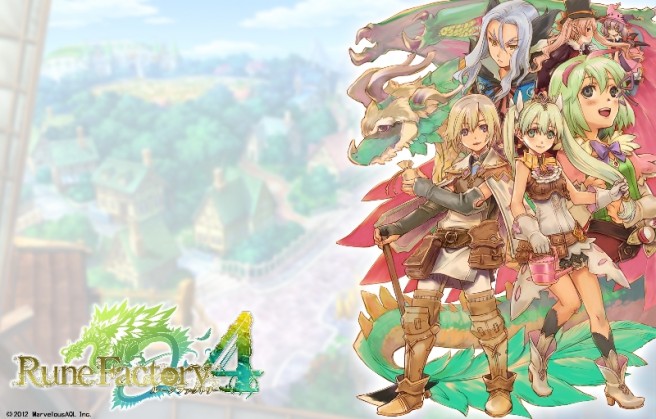[REVIEW] Rune Factory 4 (3DS)
Posted on 11 years ago by Austin(@NE_Austin) in 3DS, Features, Reviews | 1 Comment
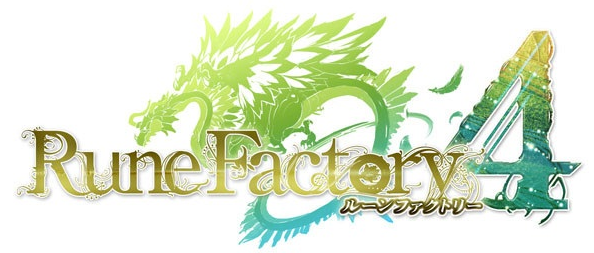
System: Nintendo 3DS
Release Date: October 1st, 2013 (NE), Q1 2014 (EU)
Developer: Neverland Co.
Publisher: XSEED Games (NA), Marvelous AQL (EU)
Author: Austin
There’s an implicit warning to the player the moment they start up Rune Factory 4, and it goes something like this:
“I really hope you like anime.”
Yes, the first thing you’ll lay eyes upon after clicking the game’s icon on the 3DS’ home menu is a fully animated music video where anime-styled characters are introduced and a Japanese woman sings a wonderfully cliché (in a good way, I might argue) tune in the background. If you had seen the video without any context, you may as well have assumed it was the theme song to a TV show or the title sequence of a film– and depending on who you are, that might be a joyous setting of stage for a game. Regardless, this opening is actually a very serviceable measuring stick for whether or not Rune Factory 4 will tickle your fancy.
Beyond that outer aesthetic layer, though, there’s a lot to Rune Factory 4: Players will be asked to tend crops, foster relationships (both romantic and platonic), tackle dungeons, learn to cook, forge items, take up chemistry– the list of activities, superficially, is extremely long. Quantity does not equate to quality though, and in the case of Rune Factory 4, the quality does prove somewhat unstable.
[REVIEW] Tangram Style (3DS eShop)
Posted on 11 years ago by Austin(@NE_Austin) in 3DS, 3DS eShop, Features, Reviews | 0 comments
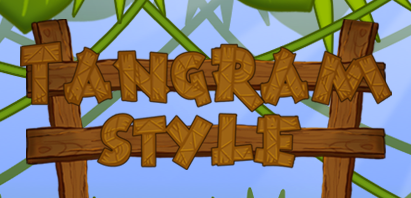
System: Nintendo 3DS
Release Date: August 8th, 2013 (NA)
Developer: Moving Player
Publisher: Moving Player
Author: Jack
Tangram game, perfect for boy and son, finally has a representative on the 3DS eShop! The ancient Chinese puzzler with seemingly infinite (though absolutely finite) configurations composed from the same eight blocks mirrors LEGO not only in open-endedness via face-value simplicity and accessibility, but as a developmental catalyst for pattern recognition and critical thinking in little children. With the glut of quality time-wasting and brain-exercising works available not only amongst the eShop, but the collaborative Internet as a whole, is the jungle-themed Tangram Style worthy of a place in your digital collection? Does it manage to power past the replacement-level iterative puzzler black hole problem that oh-so many no-name puzzle games fail to conquer?
While Tangram Style certainly passes the base litmus test as a fundamental tangram simulator, too many bush-league problems mar what should have been an easy game to push through the development process. Tangram Style does not indeed exceed the bounds of the aforementioned black hole, and should only be purchased by T-Gram aficionados in search of familiarity– not puzzleheads in search of another brainy rush.
[REVIEW] The Wonderful 101 (Wii U)
Posted on 11 years ago by Austin(@NE_Austin) in Features, Reviews, Wii U | 20 Comments
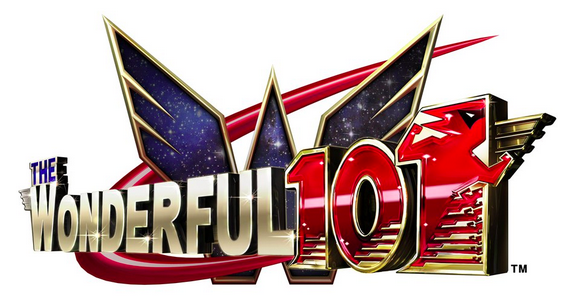
System: Nintendo Wii U
Release Date: September 15th, 2013 (NA), August 25th, 2013 (EU)
Developer: Platinum Games
Publisher: Nintendo
Author: Austin
“They can do it! They can do it! ‘Cuz they’re super sisters and brooooos!”
I encourage those with a passing interest in The Wonderful 101 to start their purchasing deliberation process by experiencing the game’s brilliant theme song. I suspect that anyone who cracks a smile or feels a sense of joy while listening to it will fall well within this game’s intended audience, and if you laughed aloud (like myself) while listening to the lumberjack-esque men sing very silly words written by game director Hideki Kamiya himself, then you can stop reading here and go wait eagerly for the game’s September 15th release date because this game is for you.
But if you’re not a dedicated part of the game’s intended audience and you view the package as a whole, you’ll probably begin to see some pretty substantial blemishes. Not enough of them to ruin the experience, but plenty to leave certain players frustrated and wishing the game had done a few simple things a lot more elegantly.
Read onwards to decide if The Wonderful 101 is for you.
[Review] Mario & Luigi: Dream Team (3DS)
Posted on 11 years ago by Patrick(@Patricklous) in 3DS, Features, News, Reviews | 1 Comment
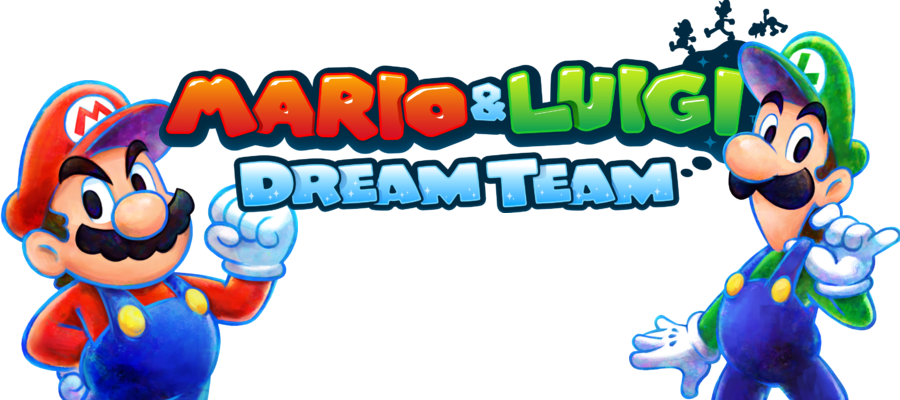
System: Nintendo 3DS (and 2DS, I guess)
Release Date: August 11, 2013
Developer: AlphaDream
Publisher: Nintendo
Author: Patrick
Dream Team begins with Mario and Luigi off to enjoy a much-needed vacation at the sunny Pi’illo Island and this sets the tone for the rest of the game. It’s a refreshingly relaxed experience with a forgiving difficulty level, and chill bossa nova music courtesy of Yoko Shinomura. However, it’s also a bit too relaxed for its own good, as poor pacing and overbearing tutorials threaten to bring the adventure to a halt. Make no mistake – the latest in the Mario & Luigi series is still as fun as its predecessors, but it takes a lot of patience to get to the charming and creative parts.
[REVIEW] Bike Rider DX (3DS)
Posted on 11 years ago by Spencer(@spencerstevens) in 3DS, 3DS eShop, Features, Reviews | 0 comments

System: Nintendo 3DS
Release Date: August 1st, 2013 (NA) – August 15th, 2013 (EU)
Developer: Spicysoft
Publisher: Spicysoft
Author: Spencer
As far as gameplay goes, Bike Rider DX is quite simple. You control a stick figure riding a bike on 2D plane while jumping onto platforms and over gaps and obstacles,. The bike rides automatically, so the only real control is pressing the A button to jump. You can also double-jump, as indicated by one of the loading screen tooltips (of which there are only two, due to the simplicity of this game), and even triple-jump if timed correctly, although I found this out completely by accident. Optionally, you can use left and right on the directional pad to adjust your bike’s position on the screen, which is helpful for this game as it is for the most part about timing jumps from platform to platform. You complete each course by reaching the finish pole, and you fail courses by falling into pits or crashing into walls or obstacles.
One-button gameplay might work in a game with more depth, involvement, or variety– like Kirby Air Ride, which had several different gameplay modes, objectives, maps, etc– but in a game where you are simply jumping over holes on 2D maps where the only real variance is the aesthetics, it just comes off as monotonous and repetitive.
[REVIEW] Pikmin 3 (Wii U)
Posted on 11 years ago by Austin(@NE_Austin) in Features, Reviews, Wii U | 2 Comments
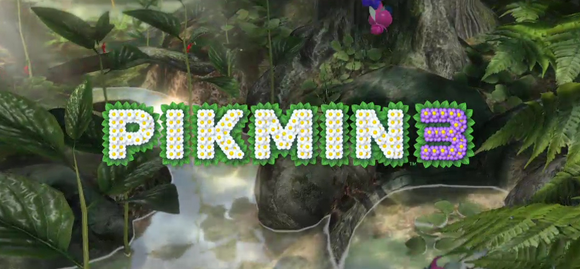
System: Nintendo Wii U
Release Date: August 4, 2013
Developer: Nintendo EAD Group No. 4, Monolith Soft
Publisher: Nintendo
Author: Jack
There seem to be two branching philosophies various game developers employ for their secondary and tertiary takes on intellectual properties.
The first take is the “disparate” sequel, where designers conjure up an intriguing gameplay concept and slap a brand well-ingrained in the public conscious onto it, majorly or even wholly changing core gameplay from a sequel’s preceding entry. While many consider this a less-than-affable way of spreading new ideas by exploiting referential IPs, it’s a path that’s lead to more than its fair share of iconic and revolutionary games (Resident Evil 4, Grand Theft Auto III, Jak II, and Dynasty Warriors 6 all being great examples).
The second and more oft-used take is the “retread” sequel, where the original strengths in a game are rehashed and expanded upon, with a sprinkling of nuance-extrapolation here, and a dazzle of fresh-gameplay-motifs-wrapped-around-the-same-core-gameplay there. Sequels made in this vein, in large, try to refine a presented idea with sheer heuristic redaction, letting time and outside perspective lend itself in the design and development process. Retread sequels often attract a fair degree of criticism; in many cases, retreads aren’t perceived to have strayed far enough from the origin, and while some games feel like they do just need more pure content iterated out, a lot of the time it just feels like we’re hopelessly doing the same thing a year later, a foot taller.
The work of Nintendo’s development teams has fallen into both camps, sometimes to aplomb, and sometimes to obscurity; they’ve (by popular consensus, mind you me) succeeded and failed with re-imaginings Super Mario 64 and Star Fox Adventures, and respectively waxed and waned with retreads Animal Crossing: New Leaf and New Super Mario Bros. 2.
So, where does Pikmin 3 fit into all of this?
[REVIEW] Cloudberry Kingdom (Wii U)
Posted on 11 years ago by Austin(@NE_Austin) in Features, Reviews, Wii U | 1 Comment

System: Nintendo Wii U
Release Date: August 1st, 2013
Developer: Pwnee Studios
Publisher: Ubisoft
Author: Austin
It’s not often that a developer’s very first game manages to be both picked up by a big-name publisher and given some fairly significant attention prior to launching, but in the case of Pwnee Studios’ “Cloudberry Kingdom”, that indeed happened. Citing the plump plumber himself as inspiration, Cloudberry attempts to bring players along for a 2D platforming journey comparable to the best of them, and amid some lofty aspirations and interesting gameplay decisions, it’s clear that Pwnee Studios– although perhaps not masters just yet– knows how to put together a solid experience, and one worthy of your time.
[Review] Urban Trial Freestyle (3DS)
Posted on 12 years ago by Spencer(@spencerstevens) in 3DS, 3DS eShop, Features, Reviews | 3 Comments
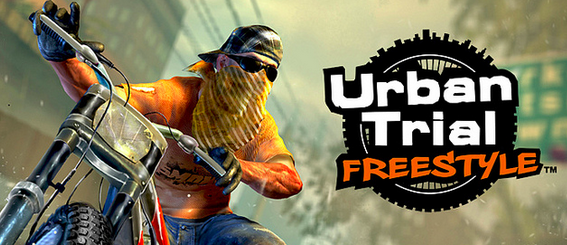
System: Nintendo 3DS
Release Date: June 27th, 2013
Developer: Strangelands Ltd.
Publisher: Strangelands Ltd.
Cost: $7.99 ($5.59 until July 4th)
Author: Spencer
In the early-to-mid 2000s, if you ever had a class in school that was in the computer lab, chances are everyone was doing one thing — playing addicting Flash games. Such games were so addicting because they would provide plenty of levels, challenge, and frustration, and everyone was trying to get farther than their friends, or asking “if you got past that one part,” and if so, “HOW DID YOU DO IT?!”
Why am I mentioning flash games in a review for a 3DS game? Because Urban Trial Freestyle— like the games it takes obvious inspiration from, Trials Evolution and Trials HD— is heavily based on those old physics-challenge motocross flash games, which drew influence from the Motocross Maniacs games before that. I’m not going to be throwing around legal terms or calling anything a “blatant rip-off,” however, because regardless of originality, Urban Trial Freestyle is a very fun game.
[REVIEW] Mutant Mudds Deluxe (Wii U)
Posted on 12 years ago by Austin(@NE_Austin) in Features, Reviews, Wii U eShop | 0 comments
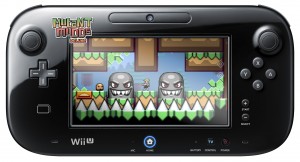
System: Nintendo Wii U
Release Date: June 13th, 2013
Developer: Renegade Kid
Publisher: Renegade Kid
Author: Austin
There was something exceptionally captivating about Mutant Mudds when it released on 3DS back in January of 2012. I think, for me, the combination of slower-paced platforming and old school difficulty that Renegade Kid created scratched an itch that few games do, so naturally I was quite pleased upon hearing the announcement of an HD re-release for Max and his muddy rivals on Wii U.
It has been a long and arduous wait (the game was meant to hit Wii U much closer to launch after all), but I’ve finally got my hands on all 80 levels of Mutant Mudds Deluxe and I must report: It’s every bit as good as you’d think.
[REVIEW] The Denpa Men 2: Beyond the Waves
Posted on 12 years ago by Austin(@NE_Austin) in 3DS, 3DS eShop, Features, Reviews | 0 comments

System: Nintendo 3DS
Release Date: May 30th, 2013
Developer: Genius Sonority
Publisher: Genius Sonority
Author: Jack
When The Denpa Men: They Came By Wave was released this past year, 3DS gamers all ‘round the world were treated to not only one of the greatest advertising campaigns in videogame history, but an excellent, simple-yet-effective pure dungeon crawler that oozed accessibility and charm. This time around, developer and publisher Genius Sonority– a group comprised of fragments of Enix (of the Dragon Quest series) and Creatures Inc. (of the Earthbound series)– decided to further fill the Denpa Men mythos by expanding the first, quaint excursion into a full-blown adventure.
